
Dlink DGS-1210-28/ME 28-Port Gigabit Metro Ethernet Switch
₹19,126.00
Check if the product is available for delivery to your location
The DGS-1210-28/ME Metro Ethernet Switch is designed for Metro Ethernet applications. It features surge protection, advanced Layer 2 functions, and a suite of security and management tools make the DGS-1210-28/ME Metro Ethernet Switch ideal for Metro Ethernet applications.
Ideal for Metro Ethernet
The DGS-1210ME Series Metro Ethernet Switches feature a variety of port configurations, including 10/100/1000BASE-T RJ-45 ports, 1G SFP ports, and 10G SFP+ ports for increased network bandwidth. Surge protection, advanced Layer-2 functions, and a suite of security and management tools make the DGS-1210ME Series Metro Ethernet Switches ideal for Metro Ethernet applications.
Efficient and Resilient
For mission-critical environments, the DGS-1210ME Series Metro Ethernet Switches support IEEE 802.1D 2004 edition, 802.1w, and 802.1s Spanning Tree Protocols (STP). The switches also support IEEE 802.3ad link aggregation, increasing bandwidth and redundancy for higher availability. This series furthermore features IEEE 802.1p Quality of Service (QoS), allowing for real-time traffic classification into Weighted Round Robin (WRR) and strict priority levels mapped to eight queues. Advanced traffic classification parameters allow the network to be tuned for flexible configurations for specific multimedia applications such as VoIP or IPTV.
Security & Authentication
The DGS-1210ME Series supports IEEE 802.1X port-based/host-based access control, guest VLAN, and RADIUS/TACACS+ authentication for strict access control to the network. The IP-MAC-Port Binding (IMPB) feature allows administrators to further enhance user access control. The built-in D-Link Safeguard Engine™ protects the CPU from broadcast, multicast, and unicast flooding. In addition, the Access Control List (ACL) feature enhances network security and switch performance.
Multicast Applications
The DGS-1210ME Series features a full set of L2 multicast functions, including IGMP snooping, IGMP filtering, Fast Leave, and multicast traffic configuration for specific ports. With L2 multicast support, the DGS-1210ME Series is ready and capable of handling growing IPTV applications.
Management Capabilities
A user-friendly web interface gives administrators access to advanced management features such as DHCP auto-configuration, allowing central management of device configurations. The switches support Link Layer Discovery Protocol (LLDP), which advertises the device’s capabilities and identity to the local network, allowing administrators to better manage their network topology. Each port also supports cable diagnostics to troubleshoot cable length and functionality problems remotely.
Traffic & Bandwidth Control
Integrated bandwidth control allows network administrators to define the throughput levels for ingress and egress bandwidth. It provides a minimum granularity of 64kbps for ingress port and flow-based bandwidth control, and a minimum granularity of 64kbps for egress queue bandwidth. The DGS-1210ME Series also supports traffic control, which optimizes overall performance, while port mirroring helps administrators perform traffic diagnostics and track network performance.
Technical Specifications
| Brand | Dlink |
| Model Name | Metro Ethernet Switch |
| Model No. | DGS-1210-28/ME |
| RJ45 Ports | 28 PORTS |
| Dimensions | 440mm x 140 mm x 44mm |
| Weight | 2.21 kg |
| Switching Capacity | 56 Gbps |
| 10/100/1000BASE-T ports | 24 Nos |
| Combo 10/100/1000BASE-T/SFP ports | 4 Nos |
| Warranty | 5 Years |

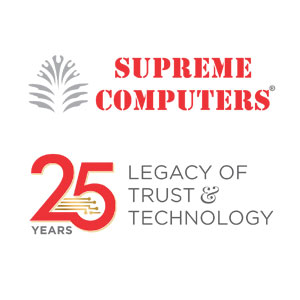


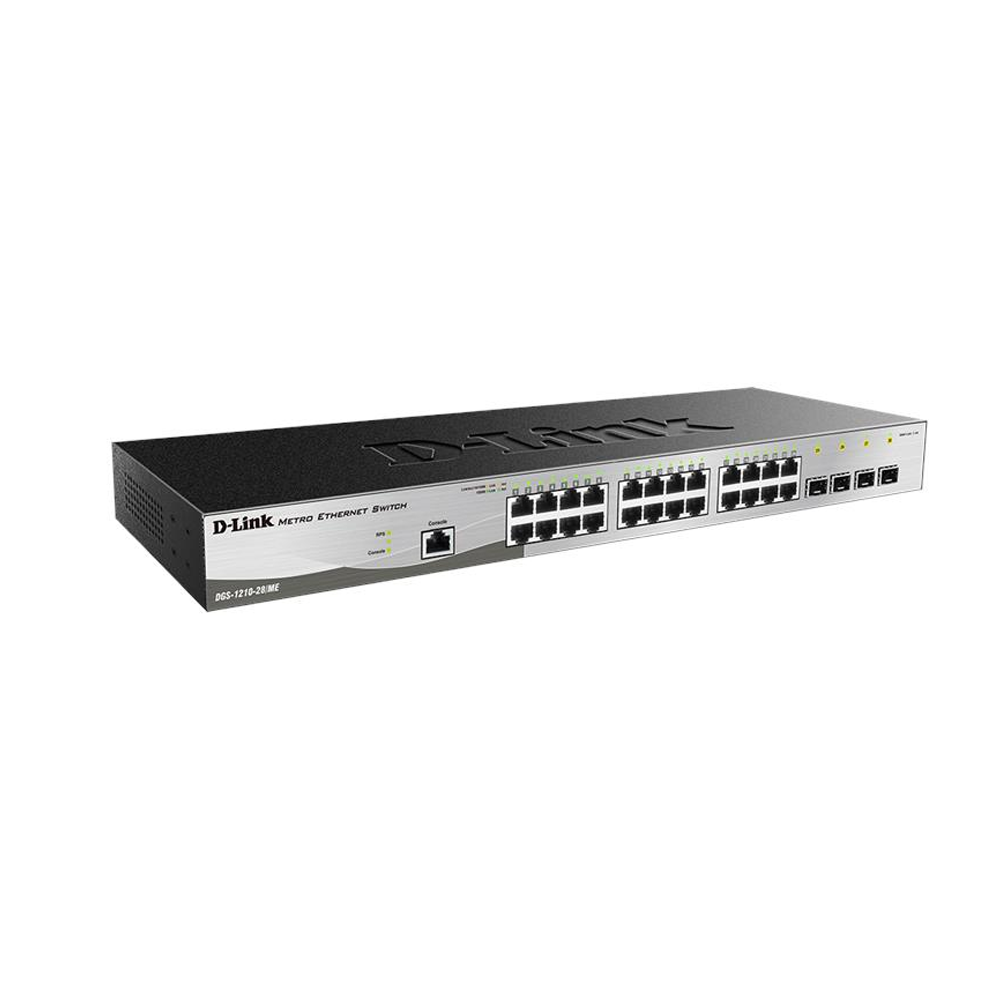
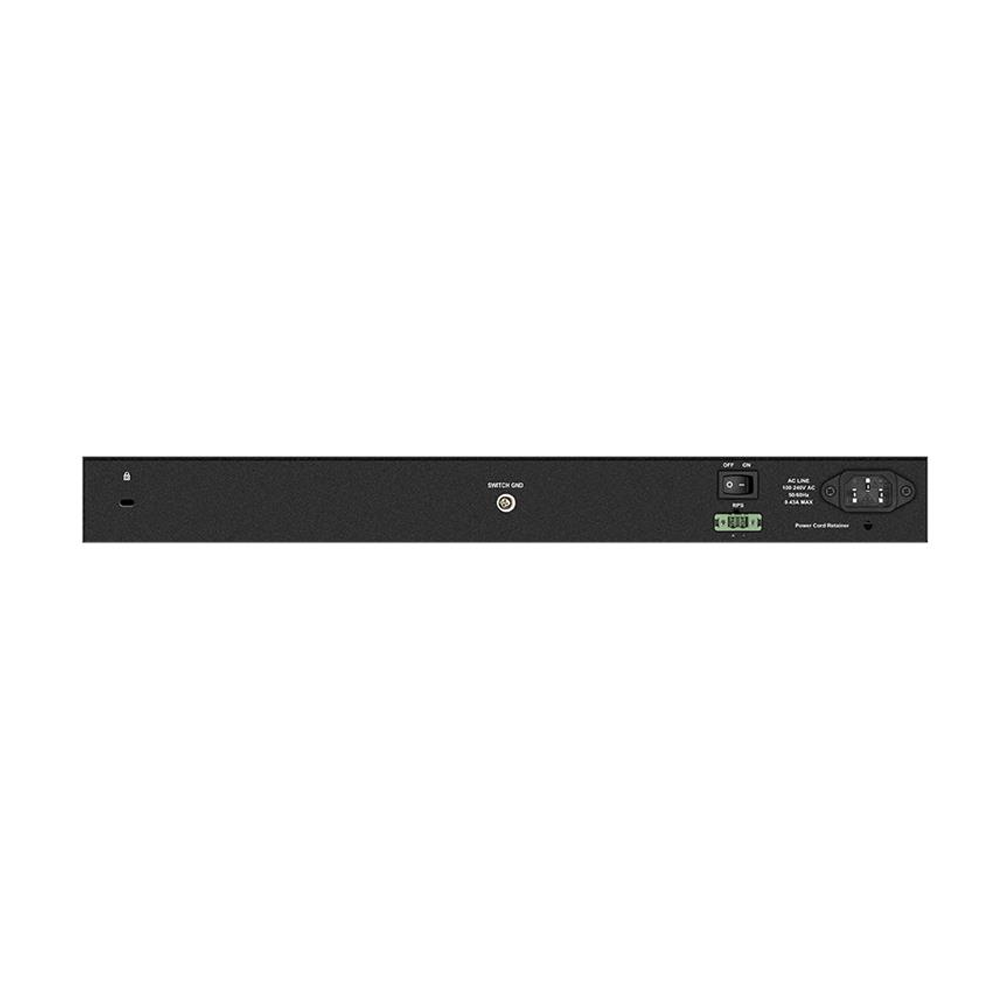

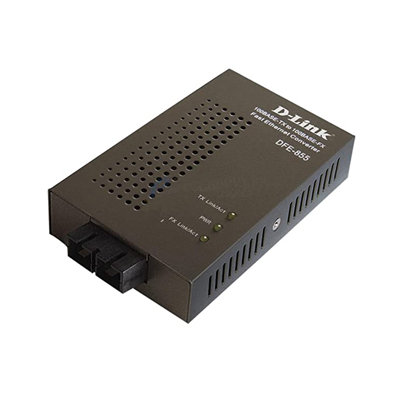
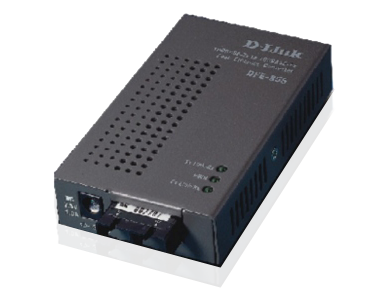

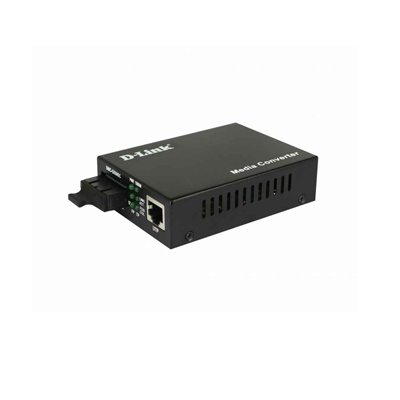
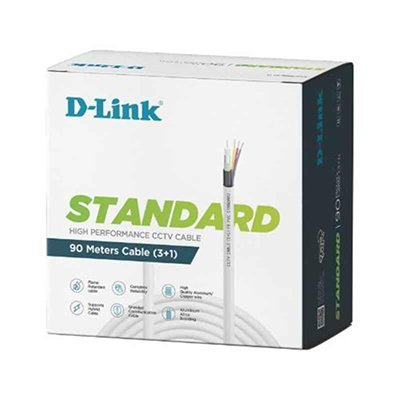

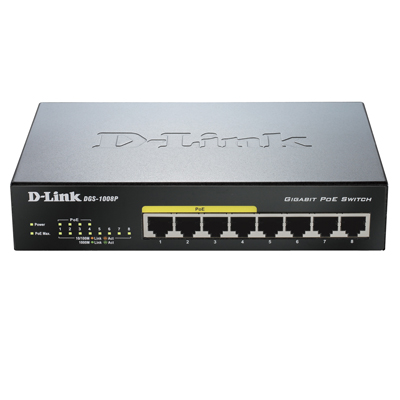
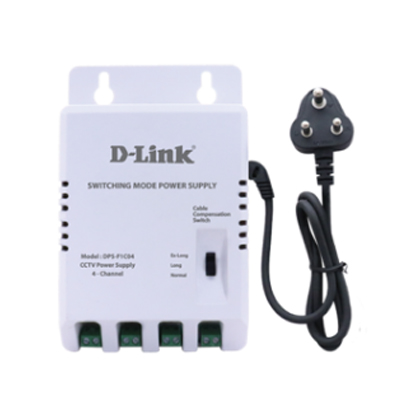
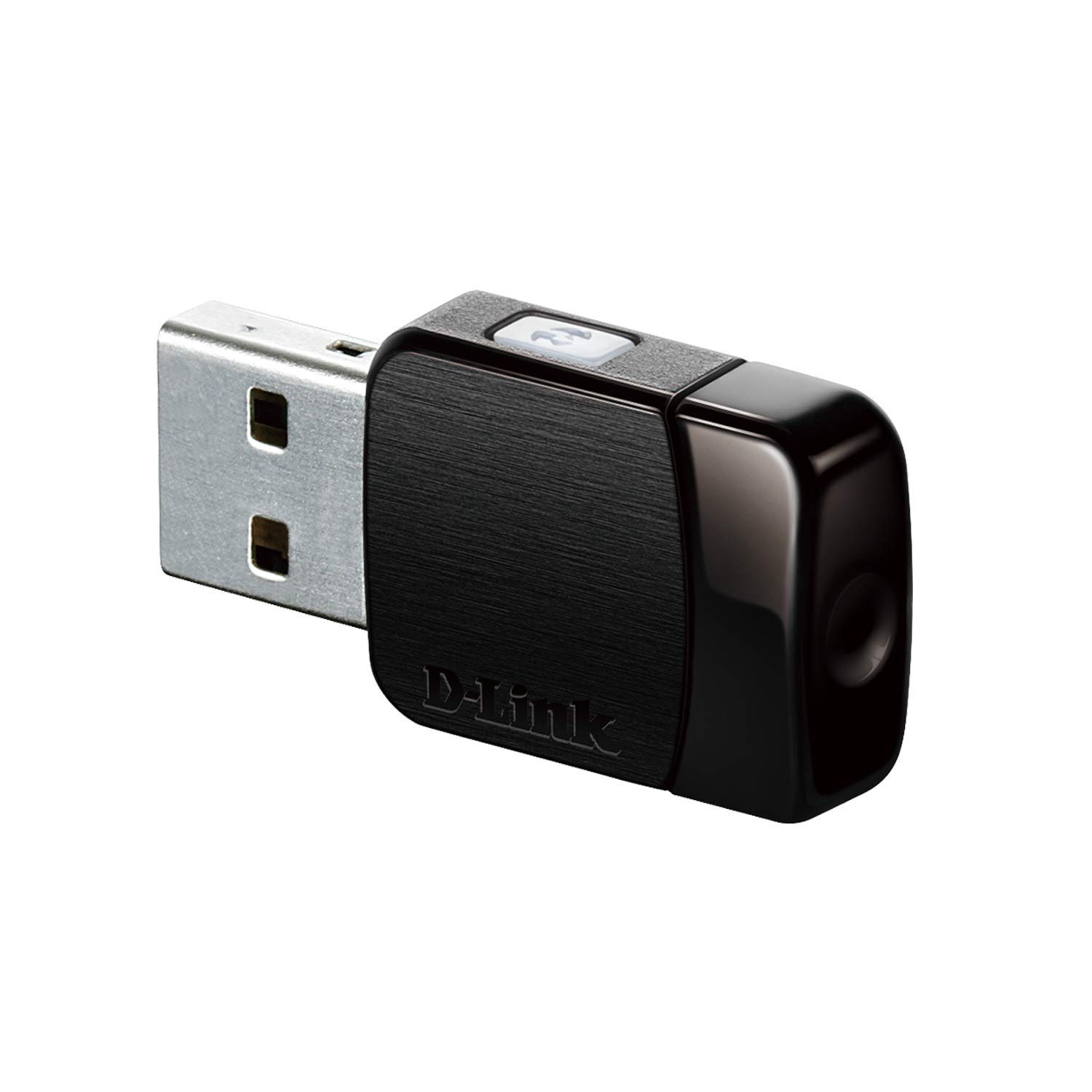
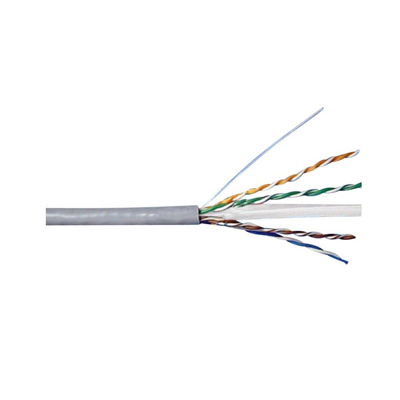
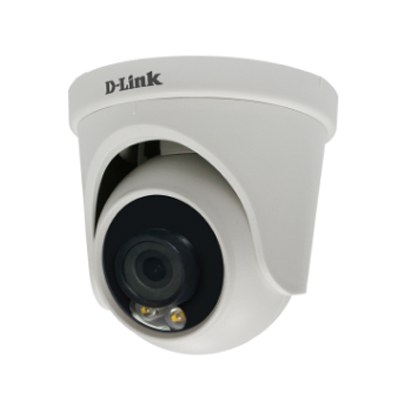
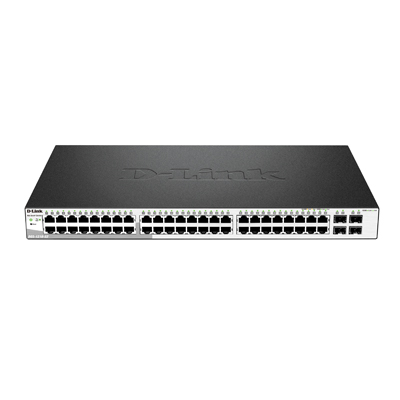
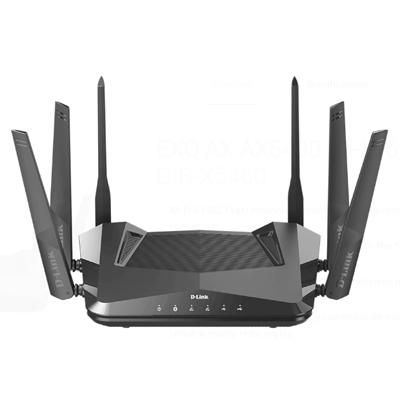
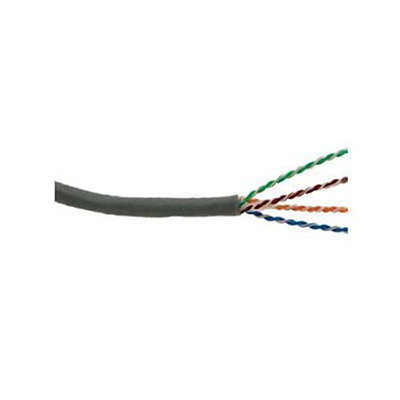

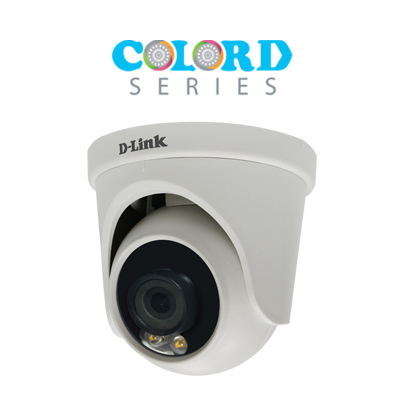
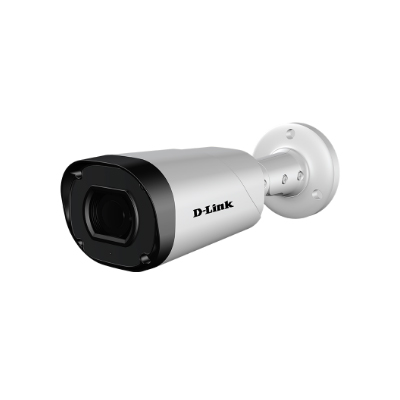
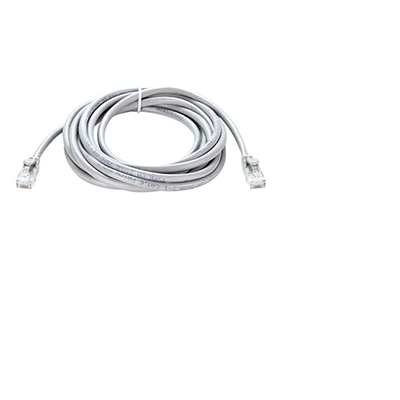
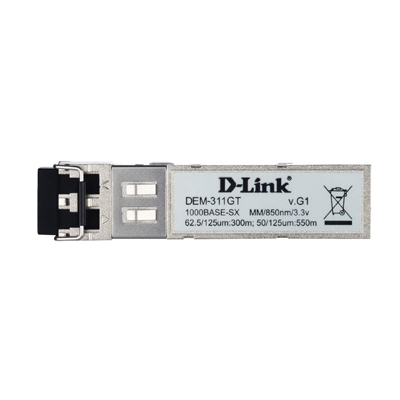
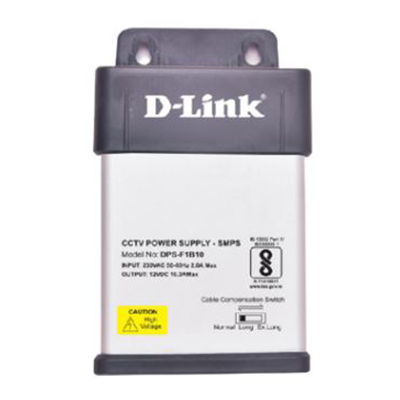












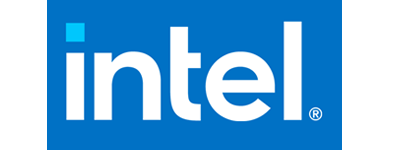




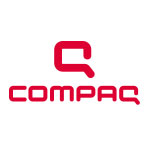







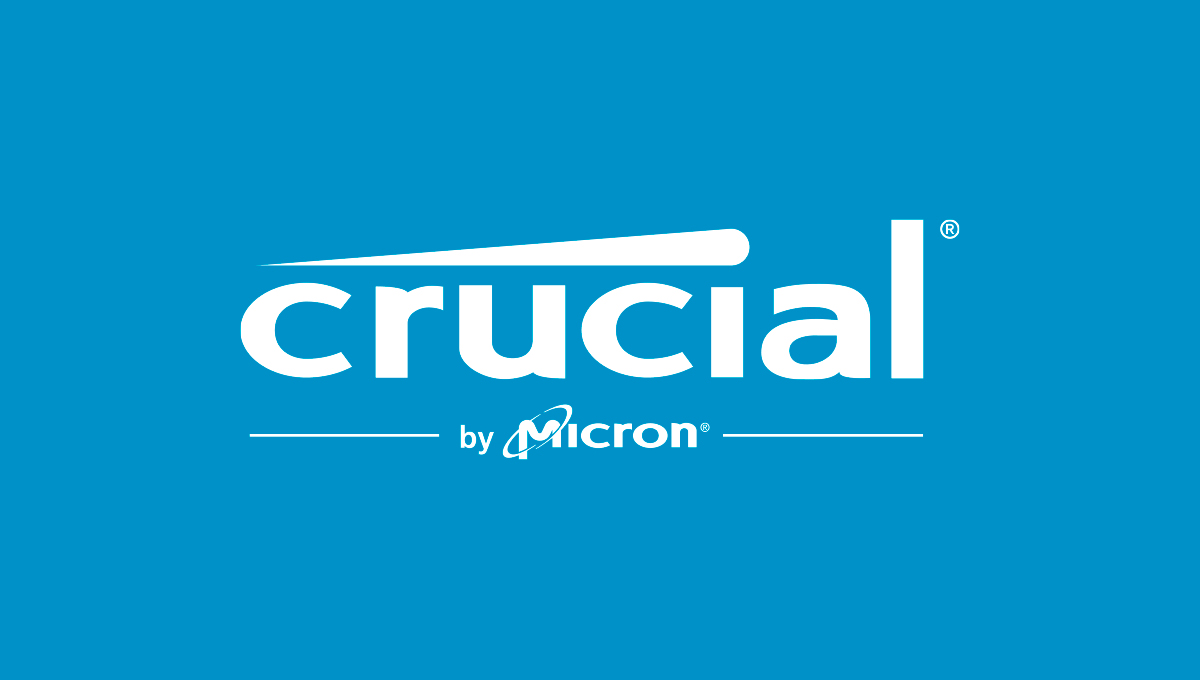
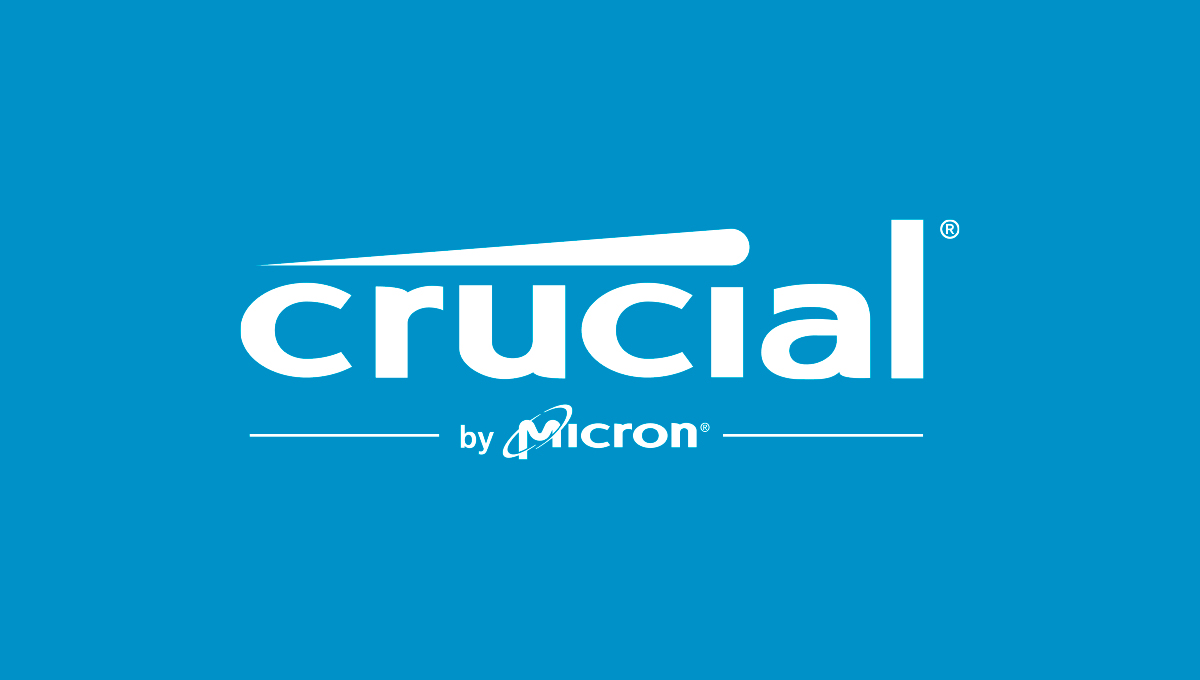
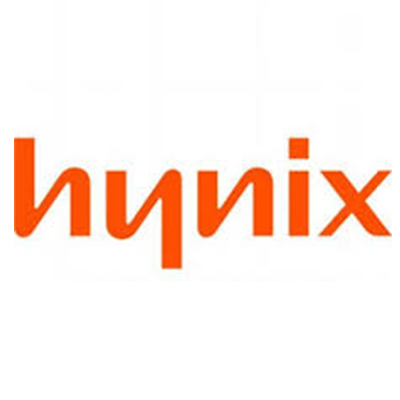
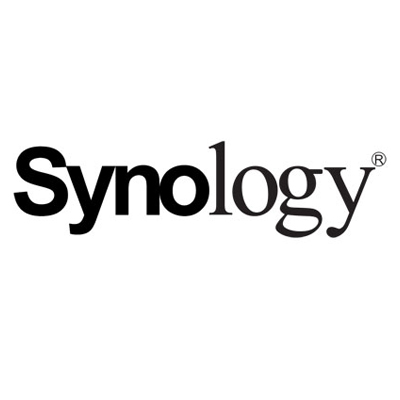







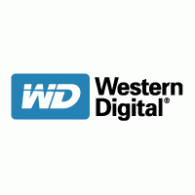


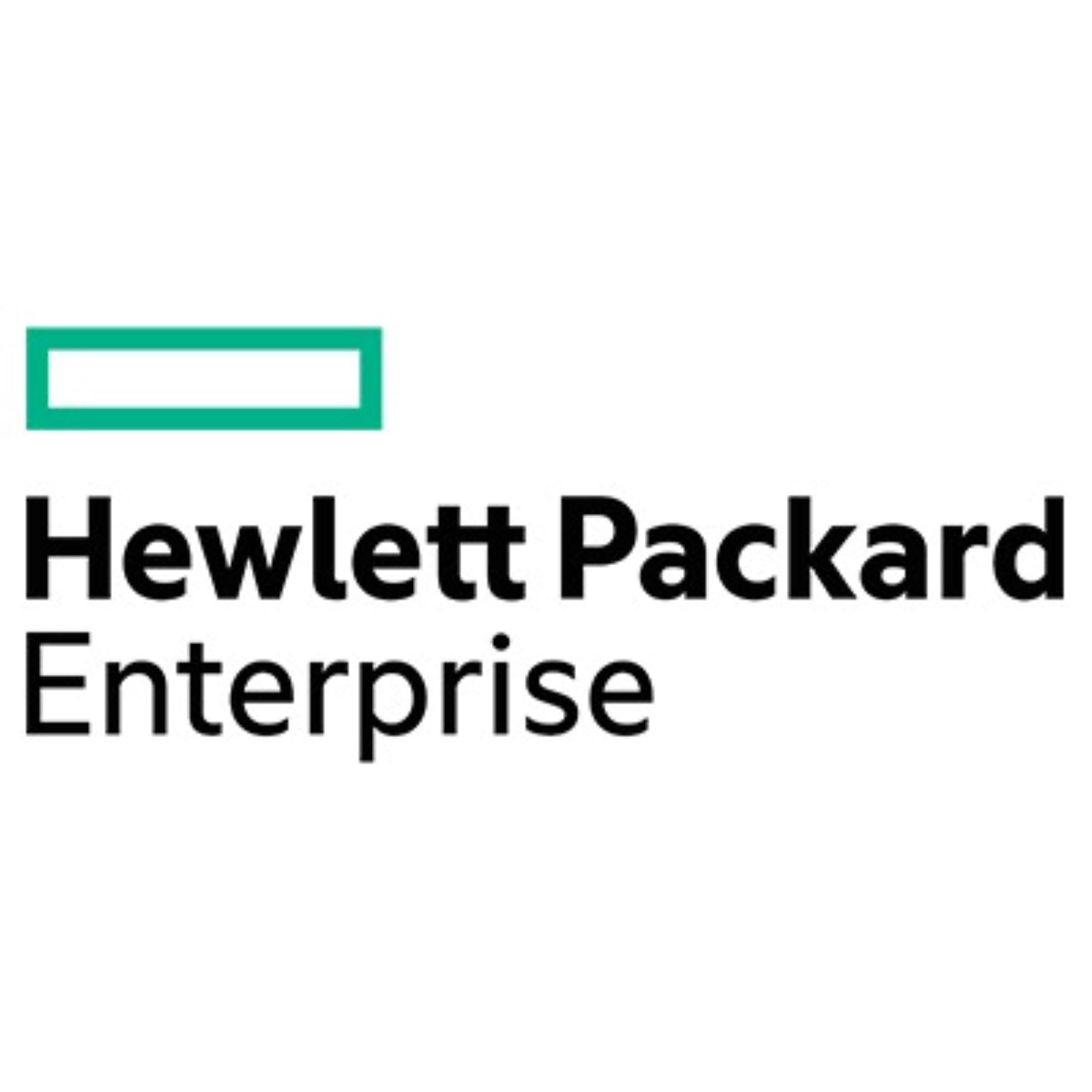


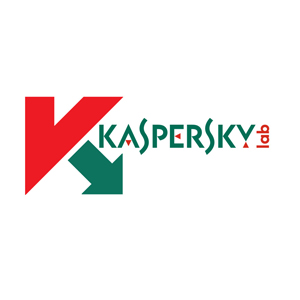



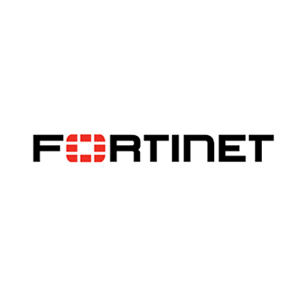

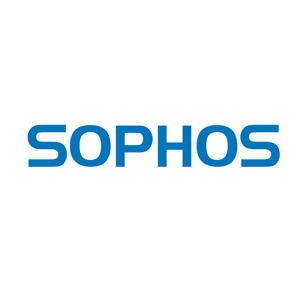
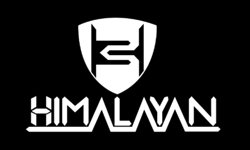































 Wide range of Products
Wide range of Products Instant Availability
Instant Availability Flexible Payment Terms
Flexible Payment Terms Personalised Sales Support
Personalised Sales Support Installation Support
Installation Support GST Invoice for Tax Credit
GST Invoice for Tax Credit After-Sales Support
After-Sales Support Free Demo
Free Demo
Add a review